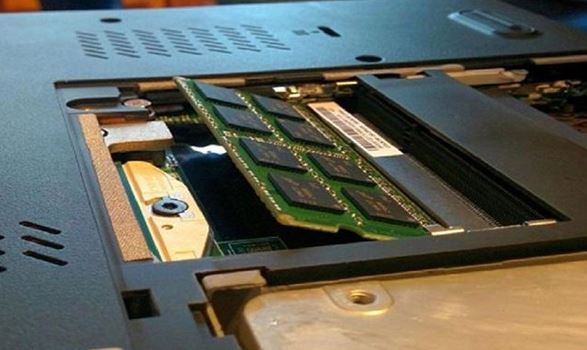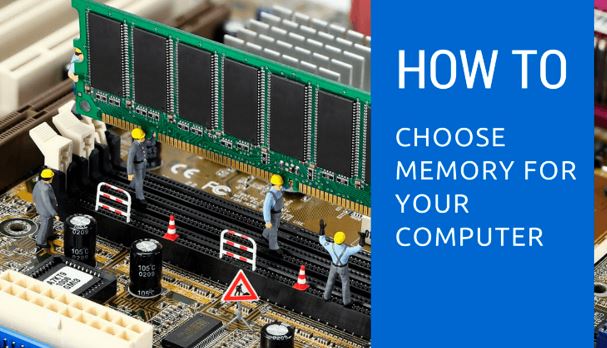The amount and specifications of your system memory, or RAM, can make a significant difference, from the number of running programs you may have open before your system starts to slow down, up to frames per second (fps) you can squeeze the integrated graphics out of your CPU when playing the latest popular esports title.
If you are buying some memory for a new build or upgrade to your existing laptop or desktop and you don’t know if you need 8, 16, or 32GB (or more), how much clock speed matters or what memory times they mean you’ve come to the right place. We will help you discuss the many things you need to consider when purchasing RAM.
Here we will focus primarily on desktop memory, although many of the technical tips and details carry over to notebooks as well. With laptops, you will only need to purchase a SO-DIMM (Small Contour Inline Dual Memory Modules) kit, instead of the longer DIMMs (dual inline memory modules) used in modern desktops. traditional. Many modern slim laptops also have their memory soldered to the motherboard. So be sure to check your manual before making any purchasing decisions.

If you’re not sure exactly how much memory you need, the short answer is, considering common workloads and current prices, 16GB is the sweet spot. Content creators and enthusiasts who practice multitasking may consider more. You can delve into memory capacity considerations in our How Much Memory Do You Need? Feature.
For details on nominal clock speed (measured in MHz) and times (listed as a series of numbers, such as 15-15-15-36), you can refer to our Frequencies and Times manual, where we also look at how the number Ranges (or the memory banks in a particular memory kit or device) can significantly affect performance in the real world. We will also detail many of these details and others below. But first, here are some key shopping tips in case you’re already at the store trying to figure out what to buy.
Quick Buying Tips For Beginner
- 16GB is the current sweet spot at the current price. Gamers and those who perform basic productivity tasks conventionally can get by with 8GB. But various open browser tabs and other running programs can use this quite easily. Since you can buy 16GB for as little as $ 25 more than 8GB, most should go for 16GB. Those who are creating serious content will probably want more.
- Don’t pay for clock speeds your system doesn’t support. Memory speed is limited, particularly with some lower-end and mainstream Intel CPUs and chipsets. So if, for example, your system only supports 2,666MHz, no point in buying RAM is rated for 3,600. You won’t be able to reach the highest speed and may end up stuck at an even lower reverse speed. Check your motherboard manufacturer’s specifications for supported speeds and buy accordingly.
- Higher speeds have the biggest impact if you use integrated graphics. If you plan to play without a dedicated graphics card, you’ll get noticeably better frame rates by opting for a faster memory. But if you have to spend more on components to support that speed, as well as higher frequency memory, it may make more sense to splurge on a dedicated card that will deliver better overall gaming performance.
- Many programs and games don’t benefit much from faster RAM and better times. The amount of software that benefits greatly from faster and tighter-timing memory kits is quite small. Some games will see a benefit, as well as compression software like 7-zip, as well as some aspects of content creation software. Do some research on the programs and games you use most often. If you’re not running memory-sensitive software and have a dedicated graphics card, you can save some money by opting for slower RAM and spending it on a larger SSD or better graphics card or CPU.
- Heat diffusers and lights are for display only. Generally speaking, most of the memory doesn’t run fast enough (unless you’re taking it to extreme levels with manual overclocking) to require metallic heat spreaders. As long as you have some air through the case and over the memory, you can go for bare sticks. The flashing lights won’t change your performance either. So if your case doesn’t have a window or you don’t care as much about what your memory looks like, there’s no reason not to go for devices with exposed PCBs and memory banks as long as you have the speed and specs. you are looking for.
How many modules?
You will need at least two modules to enable dual-channel mode on platforms like AMD’s Socket AM4 or Intel’s LGA 1151, or four to enable quad-channel modes on AMD’s TR4 and Intel LGA 2066 socket. Those modules could be a simple range (with all ICs addressed by one of the dual 64-bit interfaces on each module) or a dual range.
After tracking a similar phenomenon in Intel processors for several years, our in-depth review of Ryzen 3000 memory detailed how having two memory ranges per channel offers a significant performance benefit for some applications. We also know from our PC Memory 101 article that two ranges per channel can be achieved by doubling the number of modules or by using modules with two ranges.
Reasons for choosing the latter include leaving expansion space in the empty slots of boards that have two per channel or getting the benefit of two ranges of boards that only have one space per channel. Also, while you may have read about T vs daisy-chaining topography in our comments or forum, you don’t need to worry about these concepts if you’re only running one DIMM per channel. Therefore, for the best performance, opt for two modules for a two-channel board or four for a four-channel board. Those who can afford modules that have twice the number of chips will benefit from both the additional capacity and a slight performance boost in certain applications.
The recent reintroduction of 32GB desktop DIMMs means you can even get 64GB from just two modules or 128GB from four, without worrying about whether your board supports more expensive server memory. However, you will still want to check the motherboard manufacturer’s website to make sure their firmware is compatible with whatever capabilities you are using. You may need to update your BIOS first.

![[pii_pn_8a68e8c174733080624b]](https://buzzytricks.com/wp-content/uploads/2021/04/pii_pn_8a68e8c174733080624b.jpg)

